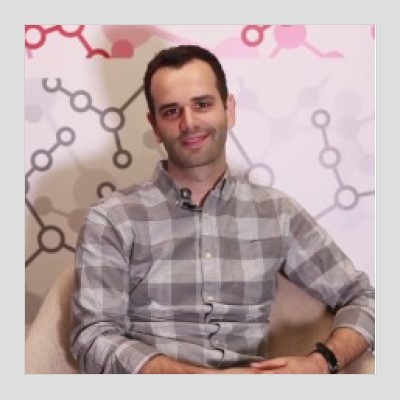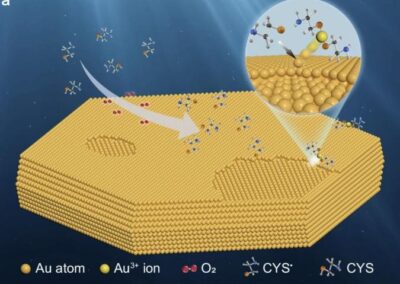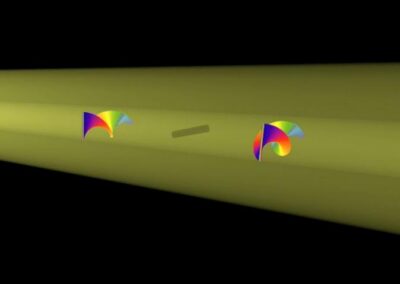Professor George Booth joined King’s College London in October 2014 as a Royal Society university research fellow and proleptic lecturer. In September 2019 he became a Reader in Theoretical Physics. He has an Msci in Physics from the University of Nottingham and a PhD in Theoretical Chemistry from the University of Cambridge. He worked as a postdoctoral research associate at both the University of Cambridge and Princeton University, USA. He also held posts as a junior research fellow at Trinity College, Cambridge from 2010-2015 and as a fixed term lecturer at the University of Cambridge.
Research in my group concerns the development of novel computational methods to accurately simulate the strong interactions between electrons and nuclei. The techniques draw on inspiration from approaches in both physics and chemistry to target specific classes of system, as well as development of efficient algorithms for their implementation. In contrast to the ubiquitous density functional theory, a key feature is that of systematic improvability – the desire for exact limits to the techniques that are guaranteed to reproduce the exact physics of the system. This limit can then theoretically be approached to improve the description of the system allowing for the correct physical processes to emerge naturally from the calculations. This is required for many systems where density functional theory simply cannot provide the accuracy for predictive results in the presence of strong quantum fluctuations.
Examples of methods developed include Quantum Monte Carlo approaches, Quantum cluster models, tensor networks and perturbative approaches. These are then applied to outstanding unsolved problems of electronic structure in diverse fields, spanning ab initio molecular and solid state problems, surfaces and reaction centres of organometallic compounds, and quantum magnetism in lattice models of cuprate superconductors. The interest in the electronic structure of these systems spans ground state, static quantities, as well as spectral and thermal states, to provide access to a range of observable properties.



